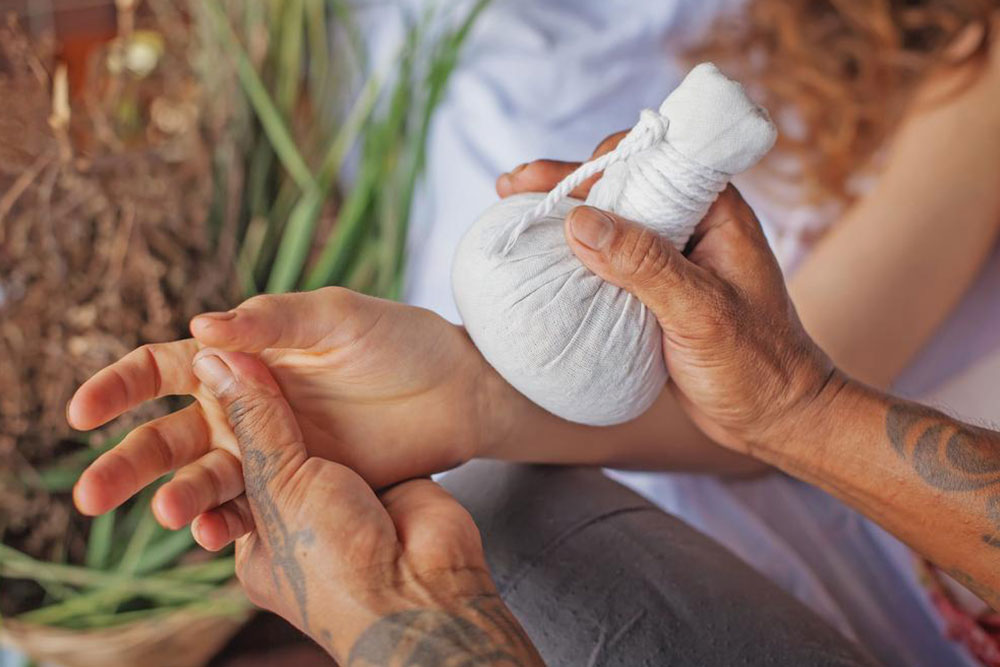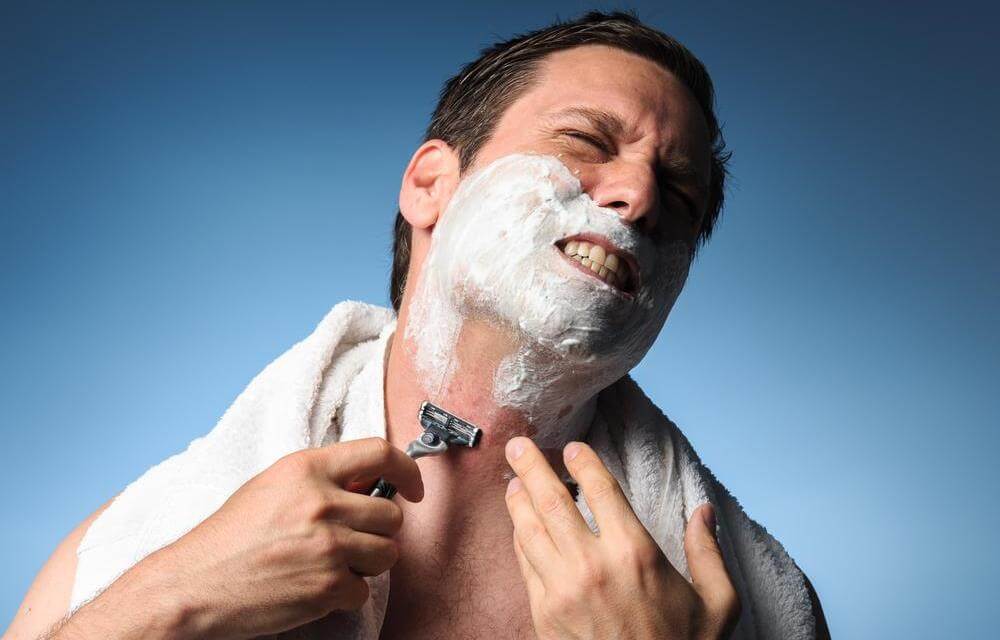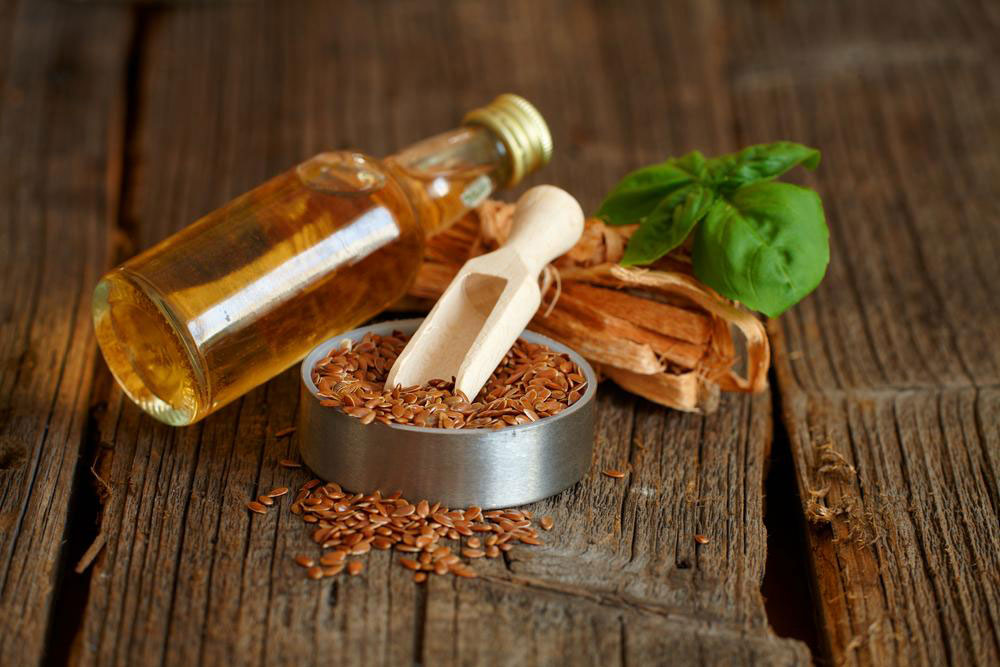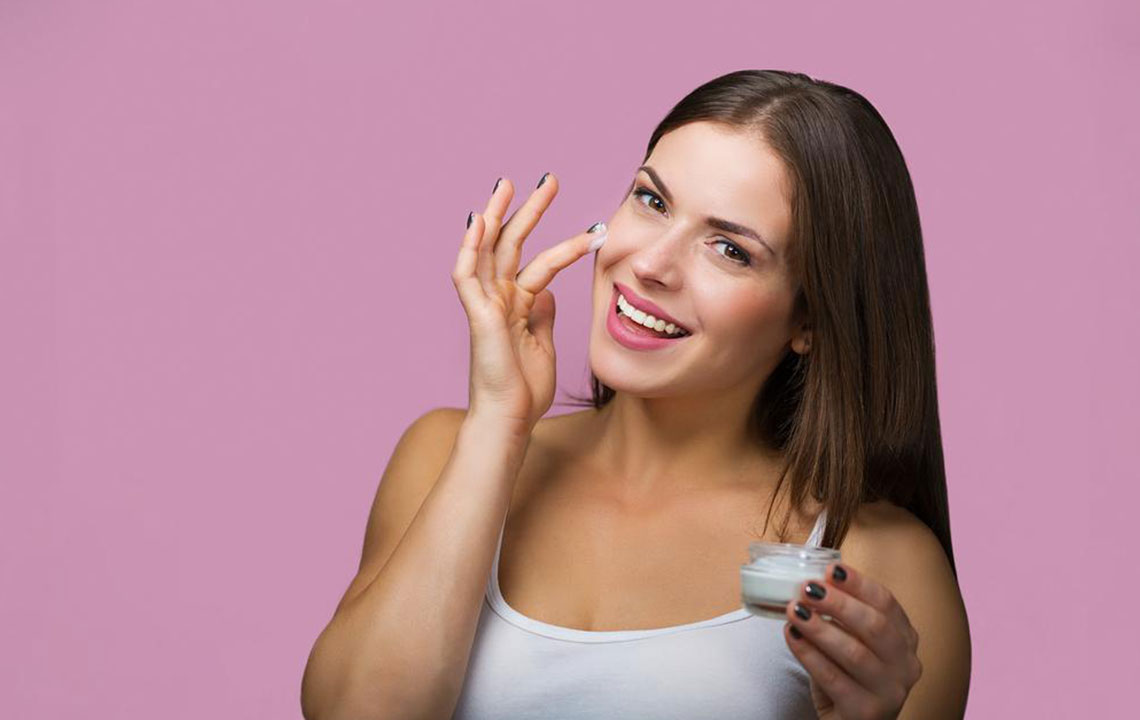Comprehensive Guide to Rapidly Treat and Prevent Razor Bumps
Learn effective strategies to quickly eliminate and prevent razor bumps. Discover proper shaving techniques, suitable topical treatments, and preventive skincare habits to maintain healthier, bump-free skin. This detailed guide helps you understand causes and solutions to tackle razor bumps comprehensively, ensuring smoother and irritation-free grooming. Ideal for those suffering from persistent bumps or skin irritation after shaving, these expert tips offer practical advice for immediate relief and long-term skin health improvement.
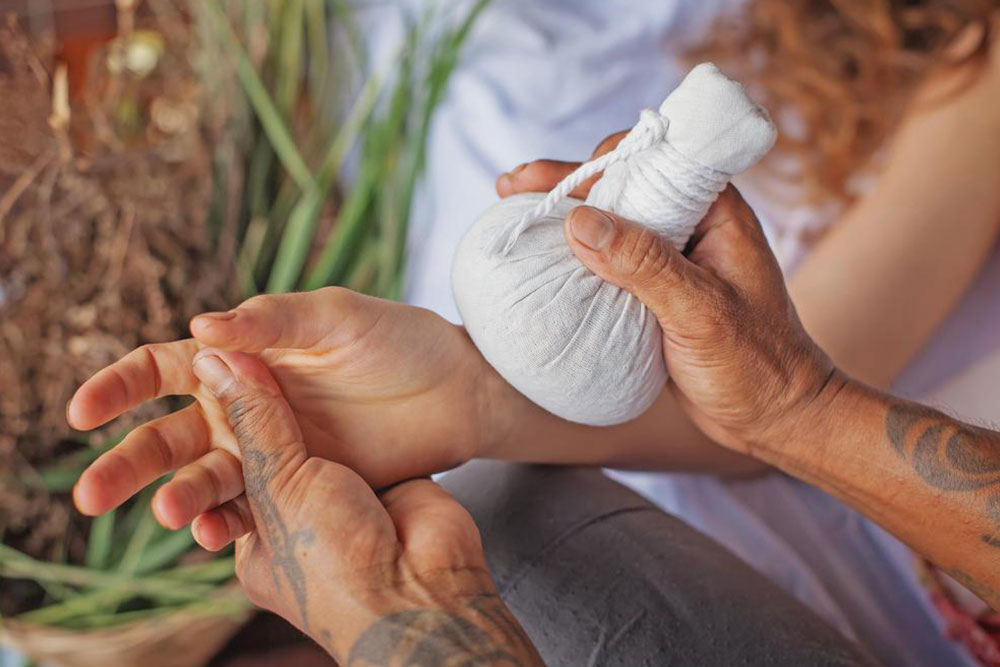
Comprehensive Guide to Rapidly Treat and Prevent Razor Bumps
Many individuals face the common issue of razor bumps after shaving or grooming sessions, especially when done frequently or without proper technique. These skin irritations manifest as red, itchy bumps that can be both uncomfortable and unsightly. Razor bumps, medically referred to as pseudofolliculitis barbae, happen when hair follicles become ingrown or trapped beneath the skin, leading to inflammation and sometimes bacterial infection. The severity of these bumps can vary from mild irritation to inflamed pustules, causing significant discomfort for those affected. As a result, many seek effective and quick solutions to soothe the skin, reduce swelling, and prevent recurrence.
Thankfully, there are various methods and treatments available that can help you manage and eliminate razor bumps efficiently. Implementing the correct shaving techniques, using appropriate topical products, and adopting preventive measures can significantly improve skin health and minimize the chances of future bumps forming. Whether you are dealing with mild irritation or persistent razor bumps, understanding the causes and adopting the right treatment protocols is essential for healthier, smoother skin.
Before beginning any treatment plan, it's highly advisable to consult with a healthcare professional, especially if your razor bumps are inflamed, painful, or worsening. A doctor can provide personalized recommendations and prescribe medicated creams or ointments to accelerate healing and prevent complications. In cases where bacterial infections or secondary skin issues develop, professional medical intervention becomes crucial. Here are some proven strategies to help you combat razor bumps effectively and prevent them from recurring:
Optimize Your Shaving Techniques
Gentle, correct shaving habits are fundamental in preventing razor bumps. Use a sharp, clean razor to minimize skin trauma and avoid pressing too hard during shaving. Shave in the direction of hair growth, especially when dealing with coarse or curly hair, to reduce the risk of ingrowing hairs. Exfoliating your skin a few days before shaving helps remove dead skin cells that can clog pores and trap hairs beneath the surface. If you find that shaving irritates your skin excessively, consider reducing the frequency of shaving sessions or experimenting with alternative hair removal options like depilatory creams, laser treatments, or electrolysis for a more permanent solution.
Carefully Use Hair Removal Tools
Tools like tweezers or needles can be beneficial for extracting ingrown hairs, but they should be used with caution. Always sterilize these instruments before use to prevent infection. Apply gentle pressure and avoid digging into the skin aggressively, as this can cause further trauma or scarring. It's often better to leave stubborn ingrown hairs alone unless you are confident in your technique, as improper extraction can lead to worsening inflammation or scarring.
Apply Soothing and Healing Topicals
The use of appropriate topical products can dramatically reduce irritation and promote healing. Alcohol-free aftershaves and calming creams containing ingredients like aloe vera, witch hazel, or chamomile are excellent choices for sensitive skin. For more serious cases, dermatologists may recommend medicated ointments containing antibiotics or antibacterial agents to reduce bacterial colonization and inflammation. When selecting topical treatments, prioritize fragrance-free, hypoallergenic products to avoid further irritation and reactions.
Practice Preventive Measures and Skin Care Routines
Prevention is always better than cure when it comes to razor bumps. Maintain proper razor hygiene by rinsing blades with alcohol regularly after use to keep them sterile. Change razor blades at least every two weeks or sooner if you notice dullness or rust. Avoid squeezing, scratching, or picking at bumps, as this can introduce bacteria and cause further infection or scarring. Use gentle motions when washing your face or shaving area, and limit the use of perfumed or harsh skincare products. Furthermore, incorporating non-abrasive exfoliants into your routine can help prevent pore blockage and protruding hairs, reducing the likelihood of ingrown hairs and bumps.
Finally, maintain a balanced skincare routine and stay consistent in your preventive efforts. Hydrated, well-moisturized skin is less prone to irritation, so use a suitable moisturizer that supports skin barrier health. By following these comprehensive tips, you can achieve smoother skin, reduce razor bump occurrences, and enjoy comfortable grooming experiences.
